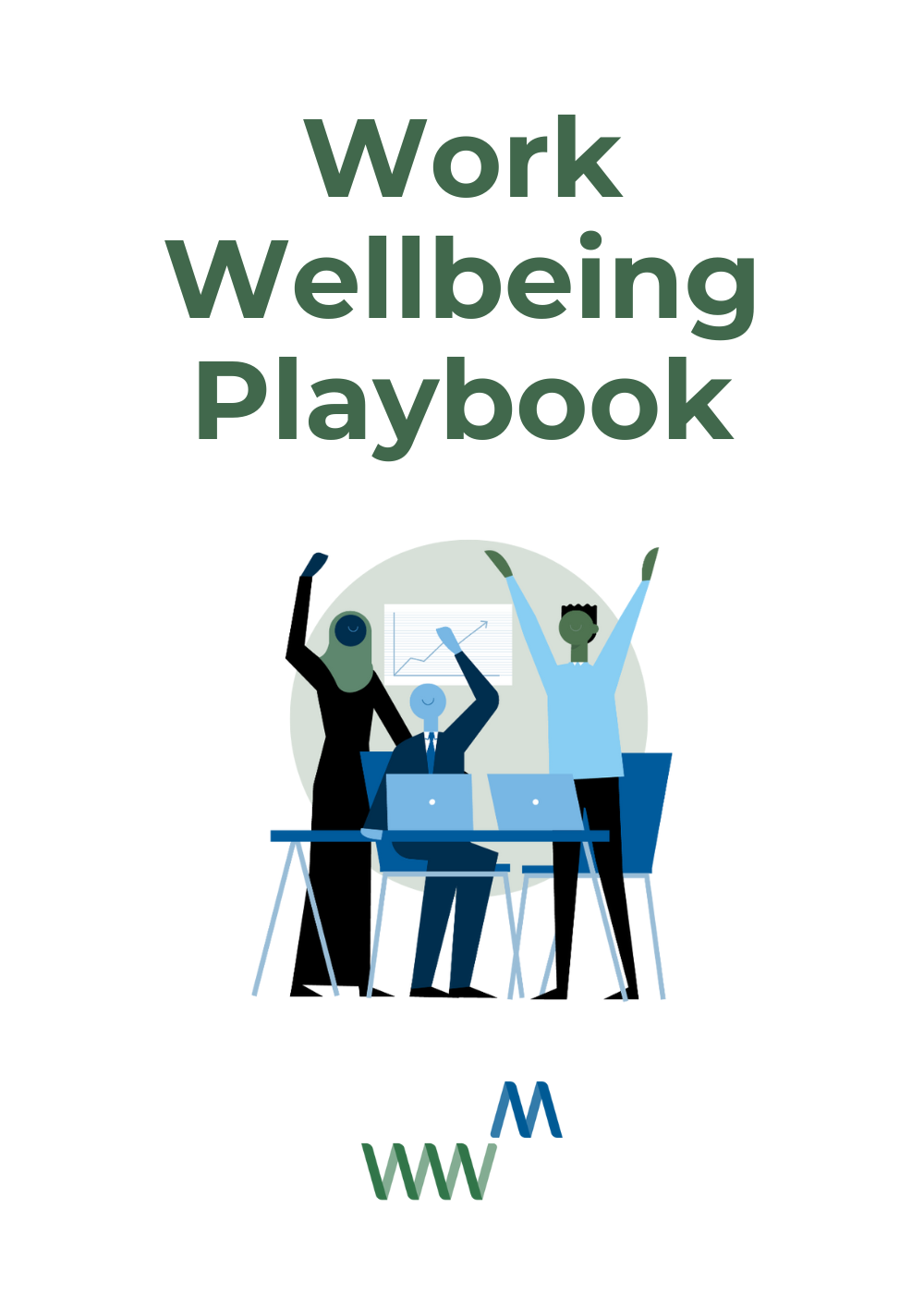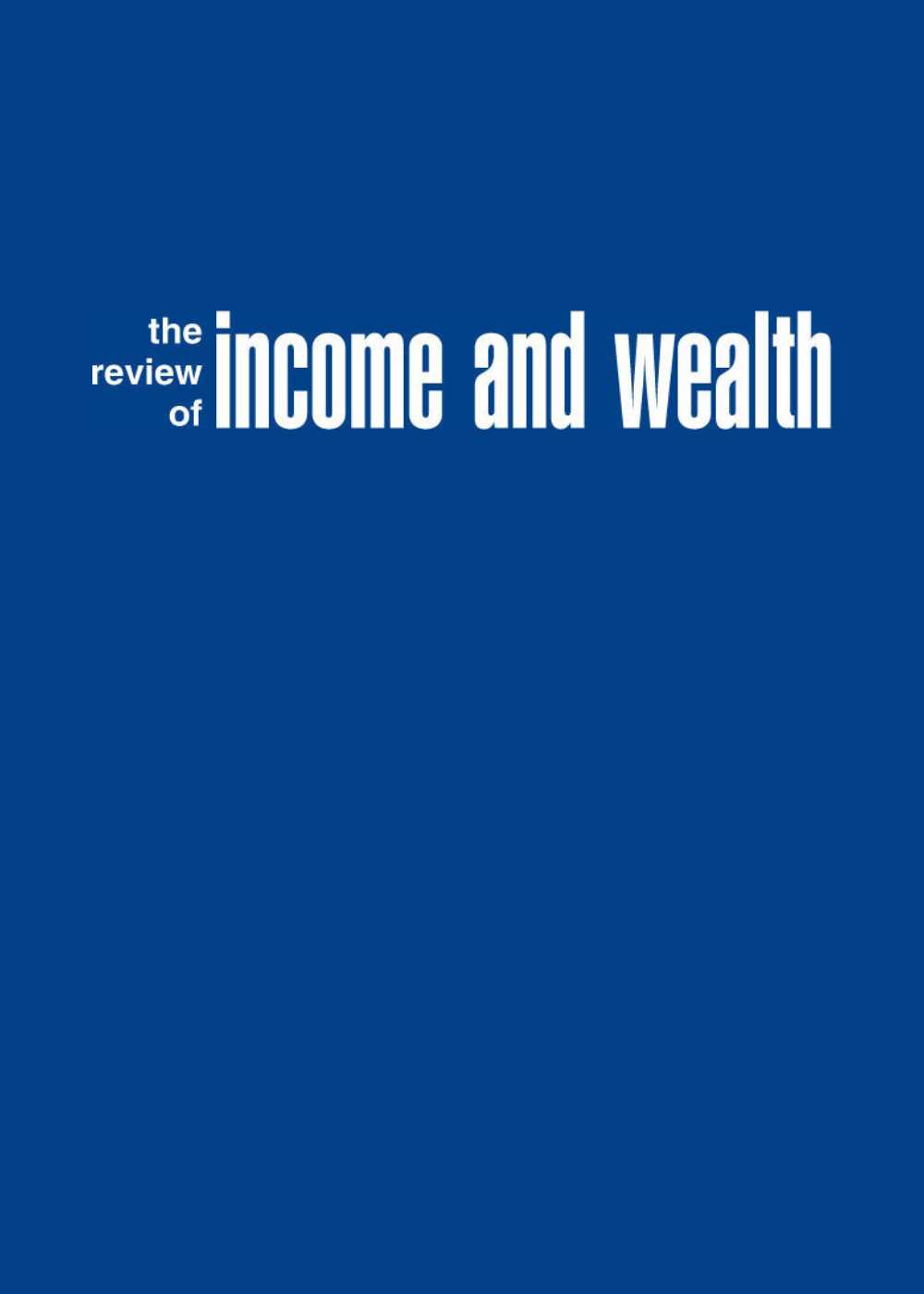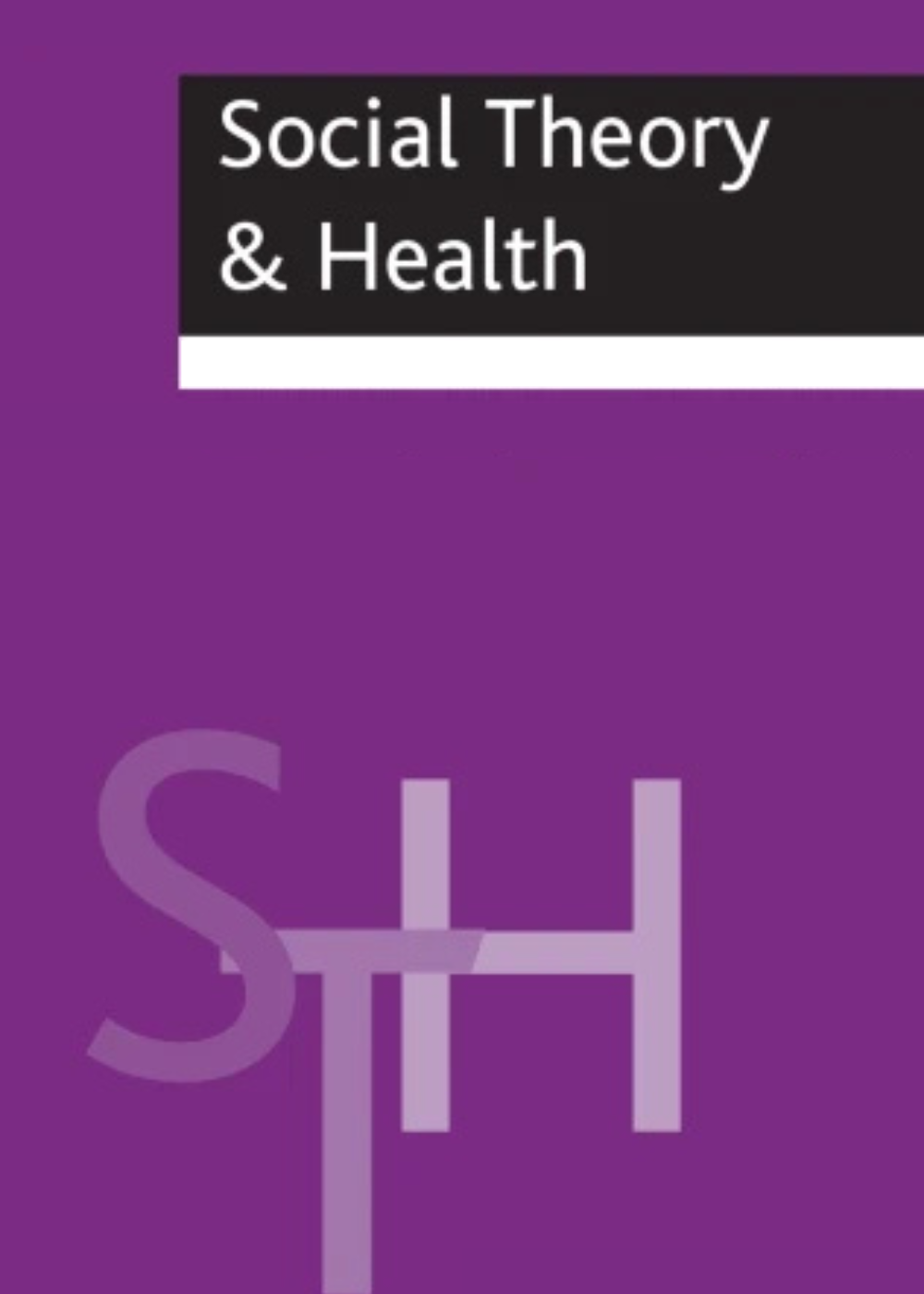
Work Wellbeing Playbook: A Systematic Review of Evidence-Based Interventions to Improve Employee Wellbeing
World Wellbeing Movement
Sarah Cunningham, William Fleming, Cherise Regier, Micah Kaats, and Jan-Emmanuel De Neve
Abstract
The Work Wellbeing Playbook is a concise guide that distils insights from a large-scale systematic literature review of workplace wellbeing interventions. It presents high level insights in an accessible, and plain English format for ease-of use.
With support from Indeed, and in collaboration with our academic partner at the University of Oxford’s Wellbeing Research Centre, the World Wellbeing Movement has curated this Playbook of evidence-based interventions categorised by 12 key drivers of workplace wellbeing.
The researchers reviewed more than 3,000 academic studies of workplace wellbeing interventions to identify strategies proven to increase the wellbeing of employees across diverse work environments. Recognising that business leaders often face time constraints, we have condensed the key insights into this open-access resource and distilled them into an accessible, high-level summary to support busy professionals.
This playbook builds upon the World Wellbeing Movement’s science-based recommendations for how to measure both how employees are feeling at work, and why they are feeling that way – just like the Indeed Work Wellbeing Score, also created alongside experts from the Wellbeing Research Centre, does. Once you have collected the data, you can then use this Playbook to address the areas for improvement within your organisation.
Business leaders are recommended to keep diversity top of mind when leveraging the playbook to craft a holistic employee wellbeing strategy for their organisation. When choosing interventions, employers should consider factors such as their workplace environment, industry, geographical location, and the unique needs of their employees.
Although there is no magic formula, and all interventions have their limitations, many companies start to affect positive change when they combine multiple interventions (organisational-level interventions, group-level interventions and individual-level interventions) across multiple drivers of employee wellbeing.







